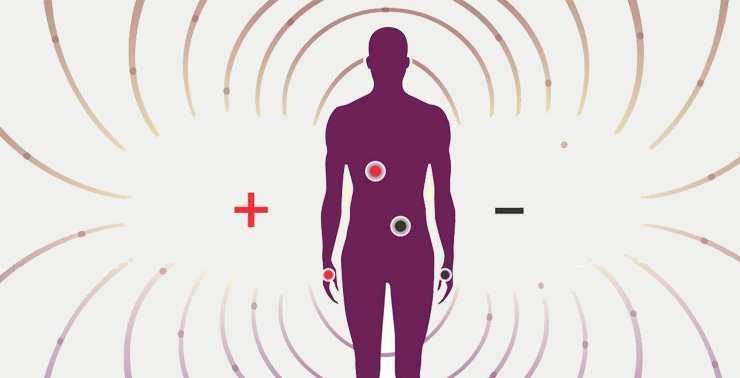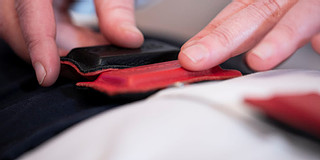Biomagnetic Pair Therapy (BMP) has been gaining attention in the wellness world as a natural, non-invasive way to support the body. By using pairs of magnets on specific points, practitioners aim to help restore balance and create an environment where pathogens struggle to thrive.
But just like any wellness approach, safety comes first. Knowing when not to use biomagnetic pair therapy is just as important as knowing when it can help. This guide breaks down the key safety guidelines and contraindications so you can make informed choices—whether you’re a beginner exploring biomagnetism for the first time or a new practitioner learning the ropes.
What Is Biomagnetic Pair Therapy?
Biomagnetic Pair Therapy (BPM or called biomagnetism) was developed by Dr. Isaac Goiz Durán. The therapy method is based on the idea that pathogens such as viruses, bacteria, fungi, and parasites disturb the body’s pH balance. By applying medium-strength magnets in pairs, practitioners believe they can help neutralize those imbalances and support the body’s natural healing processes. The therapy is external, painless, and generally considered safe—but it does have limits and situations where caution is necessary. Learn more about Biomagnetic Pair therapy in our beginners guide.
Why Safety Matters in Biomagnetism
Magnets might seem harmless, but when used incorrectly – or with certain health conditions – they can cause problems. A responsible approach means recognizing not only the potential benefits but also the risks and contraindications. This protects both the person receiving therapy and the integrity of the practice itself.
When Biomagnetic Pair Therapy Is Not Recommended

Pregnancy and magnet use
Biomagnetic therapy is not advised during pregnancy, especially in the first trimester. Research on how magnets affect fetal development is limited, so most practitioners avoid applying magnets to pregnant individuals altogether. Better to be safe and wait until after pregnancy.
Pacemakers and implanted devices
This is the number one contraindication. If someone has a pacemaker, defibrillator, cochlear implant, insulin pump, or any other implanted medical device, biomagnetic therapy should be avoided. Magnets can interfere with these devices, sometimes leading to dangerous or life-threatening malfunctions.
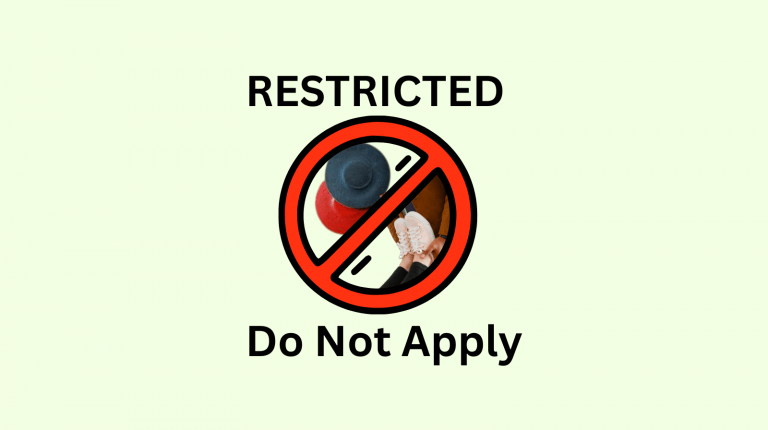
Severe medical emergencies
Biomagnetism is a complementary therapy—it does not replace urgent medical care. If someone is experiencing a heart attack, stroke, appendicitis, severe bleeding, or trauma, the emergency room—not magnets—is the right place to be.
Common Contraindications You Should Know
Recovering from recent surgery or open wounds
Magnets should not be placed over fresh incisions or open wounds. Doing so could slow healing or irritate the area. Always allow time for full recovery before considering biomagnetism. Furthermore, it is advised not to perform BMP on a client that is undergoing chemotherapy or radiation treatment.
Serious psychiatric conditions
People with severe psychiatric conditions may need extra caution. Clear communication and mental stability are important for therapy sessions, and biomagnetism should never interfere with prescribed medical or psychiatric treatments.
Unsupervised self-application without training
Biomagnetism is not as simple as placing magnets randomly on the body. Correct placement depends on training and proper scanning. Attempting it without guidance can be ineffective—or even counterproductive. Always work with a certified practitioner or seek proper training before self-applying.
Precautions for Beginners and Practitioners
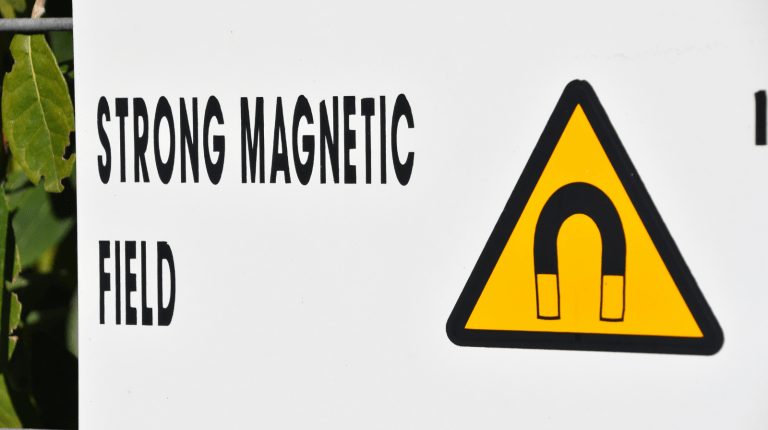
If you’re new to biomagnetism, keep these tips in mind:
- Talk to your doctor first. Especially if you have health conditions or take medications.
- Work with a certified practitioner. Ask about training and credentials before booking a session.
- Be transparent. Share your medical history, including any implants or recent surgeries.
- Pay attention to your body. Report anything unusual to your practitioner and physician.
- Stay hydrated. Water supports your body’s natural processes during therapy.
For more Tips and Techniques visit our Biomagnetic Pair Blog to learn more.
Safe Alternatives and Complementary Practices
If biomagnetic pair therapy isn’t suitable for you, don’t worry—there are many other complementary approaches that may help support wellness, such as:
- Acupuncture – balances energy flow.
- Massage therapy – eases tension and improves circulation.
- Herbal or nutritional therapy – supports healing naturally.
- Yoga and meditation – reduce stress and promote well-being.
- Reiki or energy healing – gentle, non-invasive methods that pair well with conventional care.
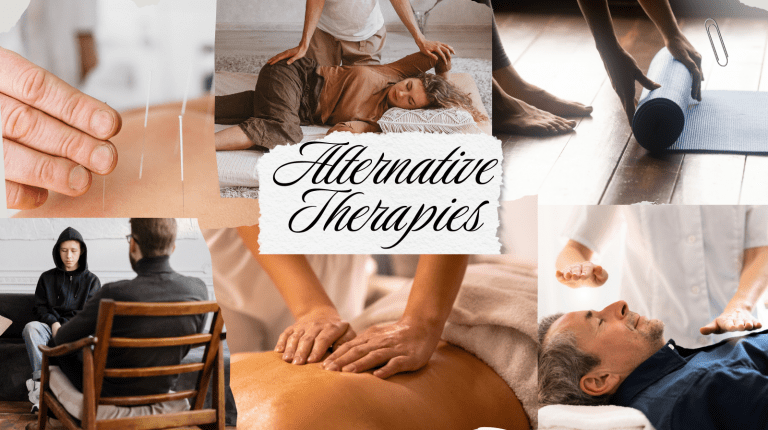
Final Thoughts: Practicing Biomagnetism Responsibly
Biomagnetic Pair Therapy can be a helpful tool for supporting balance and wellness, but only when used responsibly. Understanding its limits, respecting contraindications, and choosing safe alternatives when needed ensures you get the most from this therapy without unnecessary risks.
Always communicate openly with your healthcare providers and work with qualified practitioners. Safety first—that way, biomagnetism can remain a supportive, trusted wellness option.
Want to learn more? Check out our Magnet Therapy Safety Guide or checkout the Biomagnetic Blog for other beginner-friendly posts and safe practice tips.

